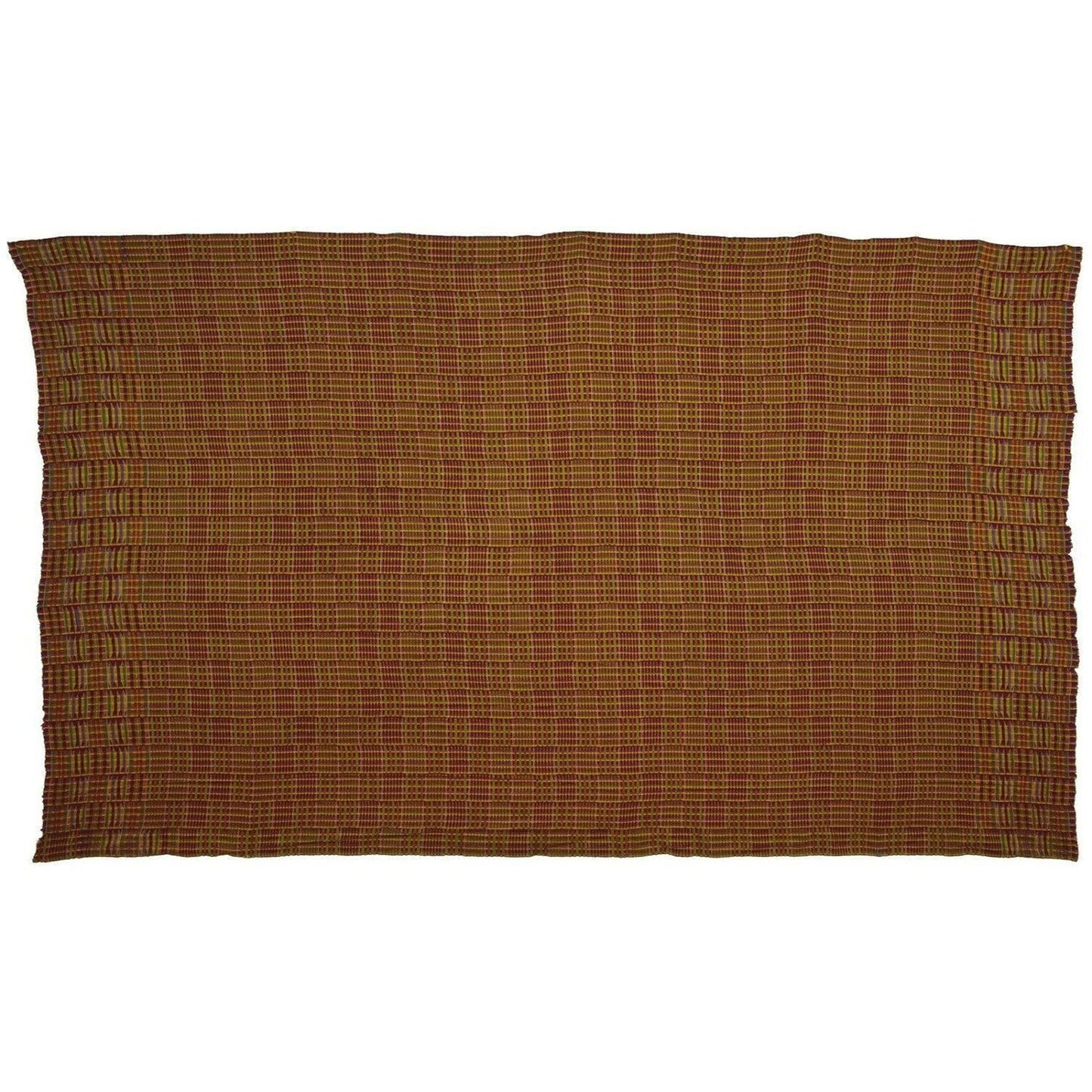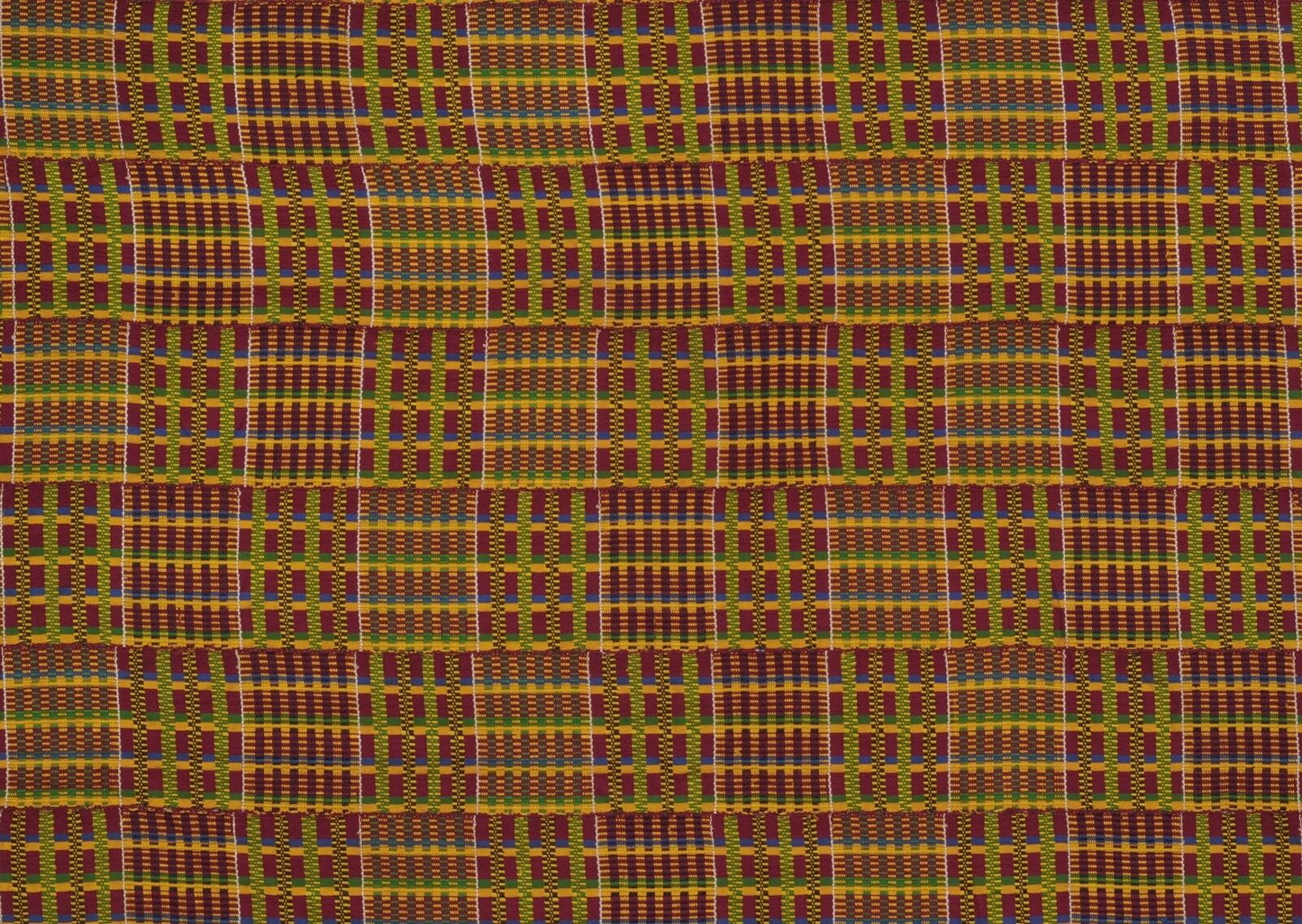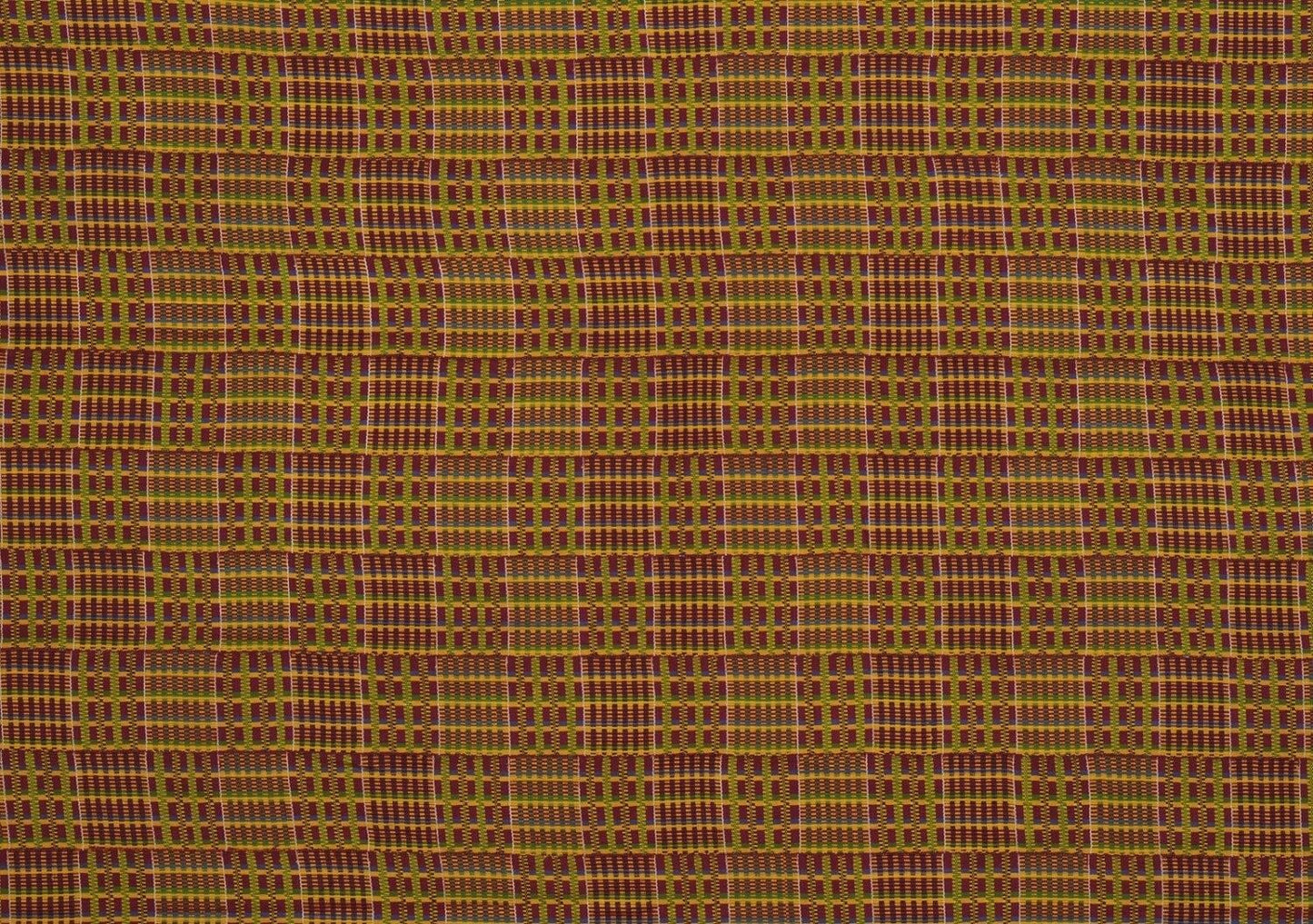Tribalgh
Handwoven Ashanti Kente Cloth – 1960s Man‑Size From Ghana
Handwoven Ashanti Kente Cloth – 1960s Man‑Size From Ghana
Item number:
SKU:SD-30726
Check shipping cost
Check shipping cost
FREE DHL shipping ( 2 - 4 working days ) to all over the world.
We combine shipping on multiple purchases!
Couldn't load pickup availability
Handwoven Ashanti Kente Cloth – Vintage Man‑Size (1960s, Ghana)
Discover a stunning piece of Ghanaian heritage with this authentic, vintage Handwoven Ashanti Kente cloth crafted in Kumasi in the 1960s. Perfect for ceremonial wear, home décor, or collectors of fine textiles.
- Size: 132″ (335 cm) × 82¼″ (209 cm) – Man size cloth
- Era: Circa 1960s
- Condition: Excellent vintage; minor age-related wear and light staining
- Origin: Ashanti (Asante), Ghana, West Africa
- Weave: Hand‑woven on horizontal treadle loom; sewn strips with distinctive weft motifs
Description & Significance
This Handwoven Ashanti Kente cloth is more than just a textile; it is a richly symbolic work of art. Crafted over weeks or even months by master weavers in Kumasi, each strip of cotton (sometimes rayon or rare silk) is meticulously hand‑loomed and then joined to create a large ceremonial cloth. The intricate weft motifs reflect history, ethics, oral tradition, philosophy, moral values, and spiritual beliefs of the Ashanti people.
Symbolism & Materials
Kente colors and designs each carry meaning gold for status and serenity, green for growth and renewal, black for spiritual maturity, and blue for harmony. Cotton and rayon are common, but silk pieces are highly prized. The cloth’s patterns may reference proverbs, ancestors, or significant events.
Usage & Cultural Context
Ashanti Kente is traditionally reserved for royalty and important ceremonies. Today it continues to be worn during festivals and life events, or repurposed as art used as wall hangings, draped over furniture, or cherished as collector’s treasures. Compared to Ewe Kente, Ashanti Kente is known for bold, block‑style patterns, deeper coloration, and strong symbolism tied to the Asante kingdom and its powerful history.
History of Kente
The origins of Kente weaving date to the 17th century, legend telling of two Akan weavers inspired by the threads of a spider. Over centuries, Kente has evolved from royal regalia to a symbol of identity and cultural pride. Woven predominantly in Kumasi by the Ashanti people, Kente remains a powerful emblem of heritage and artistry.
Experience this exquisite vintage cloth a true piece of Authentic African art from TribalGH.
Explore our Ewe Kente cloths
Browse our cloths & textiles collection
Share






